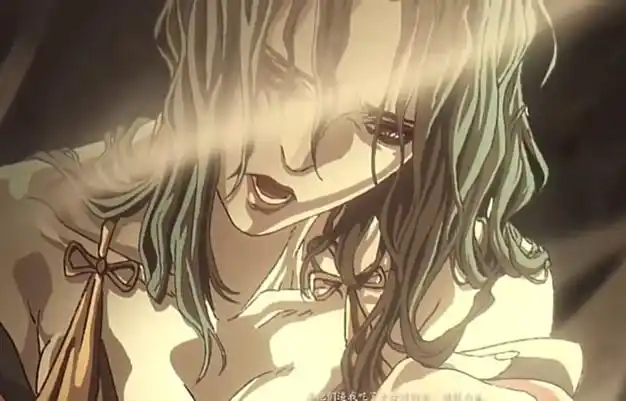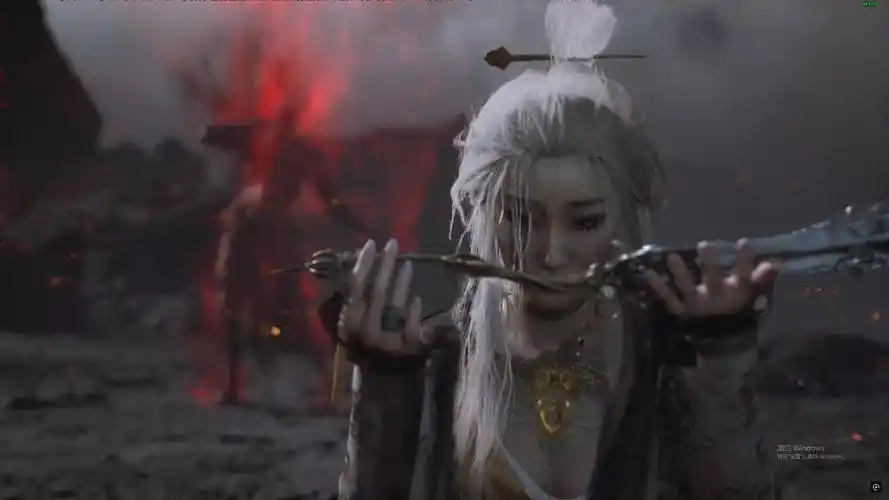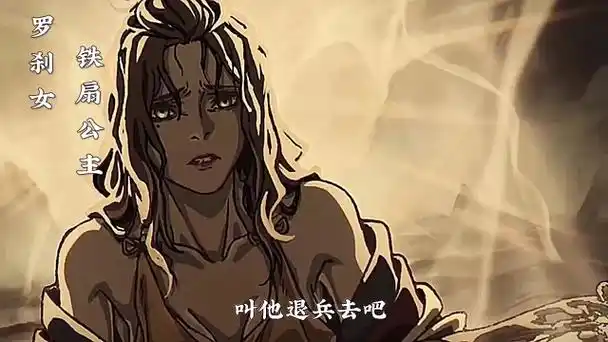In this text, we will introduce the character Princess Iron Fan and the story behind her. In the original “Journey to the West,” it is not explicitly stated that Princess Iron Fan is a disciple of Taishang Laojun, but the game adopts this master-disciple relationship.
Princess Iron Fan is a vivid and complex character from the classic Chinese novel “Journey to the West.” Although her story is only a small part of the entire “Journey to the West” plot, it captivates due to its dramatic nature and the character’s multifaceted personality. Princess Iron Fan is not only the wife of the Bull Demon King and the mother of Red Boy but also a woman characterized by her powerful magical power and distinctive persona. Her story revolves around a magical Banana Fan, which can extinguish the blazing fires of the Flaming Mountains. This fan is an essential magical implement for Tang Seng and his disciples on their journey to the West.
Princess Iron Fan is also known as Rakshasi, a term originally from Ancient Indian Mythology, meaning violent, formidable ghost. It is mentioned in ancient Indian scriptures like the Rigveda, initially referring to the name of an indigenous tribe in ancient India, later maligned by the Aryans as ferocious and terrible, becoming a synonym for “detestable.” Buddhism adopted the concept of the Rakshasa, retaining its demonic nature but adding gender distinctions, with the female being called Rakshasi. In Buddhism, Rakshasis are typically depicted as possessing breathtaking beauty but are in fact cannibalistic demons. Buddhist texts list several Rakshasis, such as the Eight Great Rakshasis and the Ten Great Rakshasis.
Princess Iron Fan resides in the Banana Fan Cave near the Flaming Mountains, and her Banana Fan is one of her most important magical implements. This fan holds immense magical power, capable of instantly extinguishing the fierce fires of the Flaming Mountains, allowing travelers to pass safely. However, the power of the Banana Fan is not limited to this; it can also create fierce storms and even blow people thousands of miles away, demonstrating its formidable strength.
In the original “Journey to the West,” as Tang Seng and his disciples journeyed to the Western Heaven to obtain sacred texts, they encountered the Flaming Mountains. The flames of the Flaming Mountains were so intense that direct passage was impossible. To safely traverse, Sun Wukong decided to borrow the Banana Fan from Princess Iron Fan. However, things were not as simple as Sun Wukong had anticipated. Due to a previous feud with the Bull Demon King, Princess Iron Fan harbored resentment towards Sun Wukong. She not only refused to lend him the Banana Fan but also attempted to blow him away with it. Sun Wukong, cunning and brave, used transformation and strategy to approach Princess Iron Fan several times, and eventually, with the help of Guanyin Bodhisattva, he deceitfully obtained the real fan using a fake one.
In his confrontation with Princess Iron Fan, Sun Wukong demonstrated his extraordinary wisdom and adaptability. He transformed into a small insect and entered Princess Iron Fan’s stomach, forcing her to hand over the Banana Fan. Eventually, left with no other choice, Princess Iron Fan relinquished the real Banana Fan, and Sun Wukong used it to extinguish the raging fires of the Flaming Mountains.
As a female character, Princess Iron Fan is portrayed with rich and complex layers of personality in “Journey to the West.” She embodies both maternal grace and a strong will to protect her interests. Her love for Red Boy is selfless and profound. Despite Red Boy being subdued by Guanyin Bodhisattva, Princess Iron Fan remained unwavering in her care and concern for him. Her loyalty to her family and her feelings for the Bull Demon King also form important aspects of her character. Although the Bull Demon King is not always the ideal partner and is somewhat of a playboy, Princess Iron Fan still upholds her family’s honor and her husband’s reputation to some degree. Her conflict with Sun Wukong stems more from her protective nature towards her family and support for her husband.
Princess Iron Fan’s complexity is further demonstrated in her sensitivity to power and threats. She is not merely a villain; rather, she is a character who exhibits hostility and vigilance under certain conditions. Her defensive mindset can be understood as a reasonable response to external threats, especially when facing Sun Wukong, an enemy who had conflicts with her husband.
Princess Iron Fan’s image holds a significant place not only in “Journey to the West” but also in Chinese mythology and folklore, where similar characters are crafted. The Rakshasi is inherently a figure of mystical power, typically depicted as beautiful yet dangerous women, a portrayal prevalent across various Asian cultures.
Under the backdrop of “Journey to the West,” the character of Princess Iron Fan also reflects the Ming Dynasty’s societal views on women’s status and their roles within the family. In that era, women’s roles within the family became increasingly significant, and their wisdom and abilities were recognized and appreciated to a certain extent. The story of Princess Iron Fan is not just a continuation of a mythological narrative but also an exploration of women’s roles in both family and society.
Over time, the image of Princess Iron Fan has been adapted and interpreted in numerous literary works, films, and various art forms. Her story has been given more modern interpretations, making her a classic character in various cultural products. In these works, Princess Iron Fan is often portrayed as intelligent, resilient, and charismatic. Her story is enriched with greater emotional depth and more humanized details.
